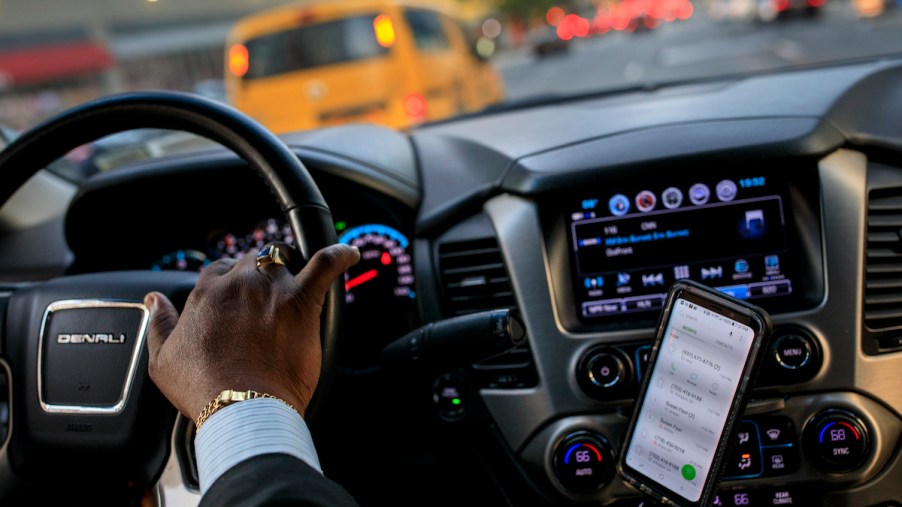
How to Put Fewer Miles on Your Car
With today’s inflation and high gas prices, drivers are looking for ways to put fewer miles on their cars. Besides saving money on gas, driving less means less wear and tear on your vehicle and, subsequently, fewer and lower repair costs. If you’re looking to put fewer miles on your car, here are four ways to do it.
1. Use public transit
The credit reporting agency Experian notes that commuting to work by bus or train can save your car serious mileage. Though it’s not something you can do everywhere, if your area has a developed public transit system, you can keep your car parked at home more frequently.
Doing so not only helps you mitigate your accident risk but also can help you save money. Using a weekly or monthly transit pass is often cheaper than regular driving, especially in areas with lots of stop-and-go traffic.
In addition, some employers offer discounts on transit fares. If you have a viable transit route to and from work, check with your company’s human resources department to see if you’re eligible for discounts.
2. Carpool

Carpooling can save you quite a bit of mileage and money. Traveling with co-workers and rotating the vehicle you use puts fewer miles on your car and saves everyone gas. Also, using the HOV lane can get you to work faster. You can also learn more about your co-workers and potentially build lasting friendships.
If you plan to carpool, ensure everyone is clear about expectations upfront. Discuss the time everyone should be ready, what happens if folks are late, how much everyone should pay for gas, what topics might be taboo for conversation, who is driving what car when, and even who has control of the radio.
These conversations upfront will help prevent disagreements that can make for an unpleasant ride and resentful co-workers.
3. Work from home
You’ll drive less by working remotely. Some employees have even ditched their cars entirely by working from home. Since the COVID-19 pandemic began, more employers have created opportunities for employees to work from home. You might be able to find a remote position with your current employer or switch jobs to obtain one.
And even if your employer doesn’t do so right now, you might be able to make the case to let them let you work remotely. Build your case by researching how much the company can save in time and money if you no longer commute. Demonstrate how you can get the work done just as well or even better at home. Use numerical data whenever possible.
Even if you can’t work remotely full time, pitch the idea that working from home only a few days a week could save your company time and money and increase your productivity.
4. Walk or bike to work
If walking or biking to work is feasible, try it. You can use a GPS app on your smartphone to find ideal paths and, depending on where you live, potentially get to work faster than if you drove.
Walking or biking will also help you get fresh air and exercise, keeping you in shape and alert for the workday ahead.
And when you compare the price of a new pair of walking shoes or typical bike repair costs to vehicle fuel, repair, and maintenance, you’ll see which option is more affordable.
Bonus: Driving less can also save you money on car insurance
Driving fewer miles not only saves money on fuel, repair costs, and maintenance. But it can also save you money on your car insurance premiums.
Many insurers offer discounts for low-mileage drivers. Though these discounts vary by insurer, state, and driver, they could save you hundreds of dollars in annual premiums. Speak with your insurer about how driving less could affect your rate.
Also, ask whether your auto insurance company has a per-mile coverage plan. With these plans, insurers typically install a device that tracks your car’s mileage. However, these programs might also monitor other vehicle information, such as speed (which could increase your rate if you drive over the speed limit frequently). Read the fine print before enrolling. However, a per-mile coverage plan is excellent if you’re a careful, low-mileage driver.


